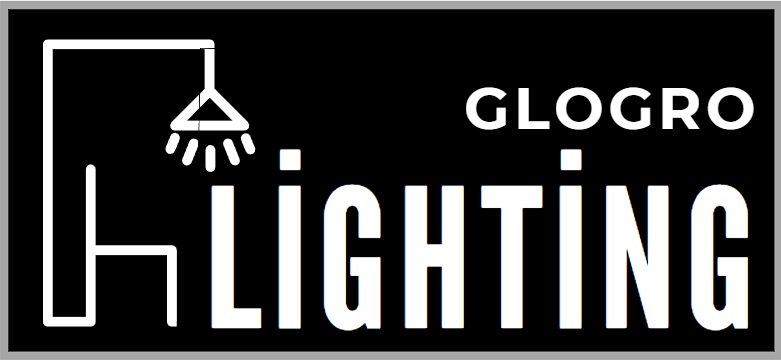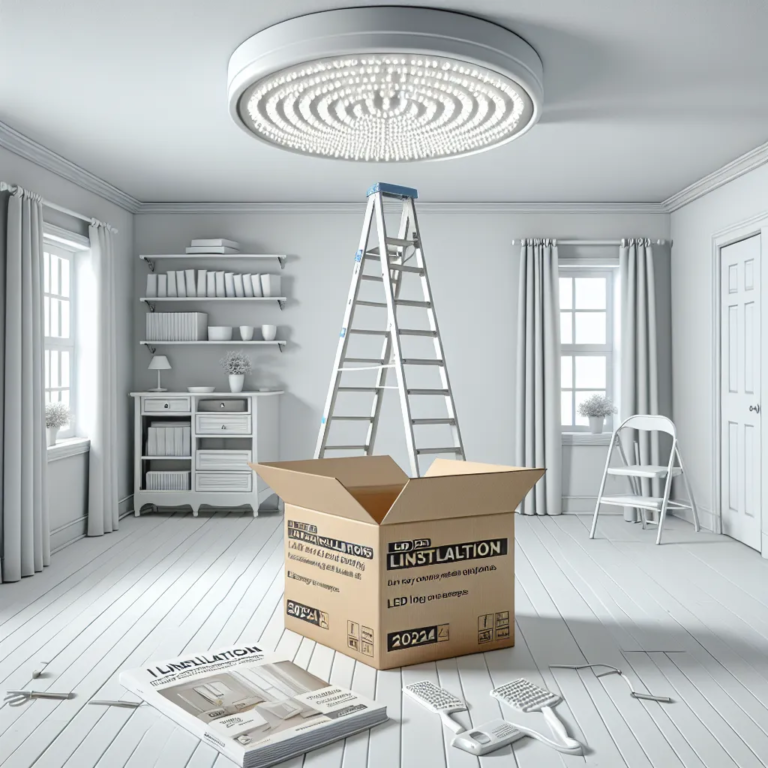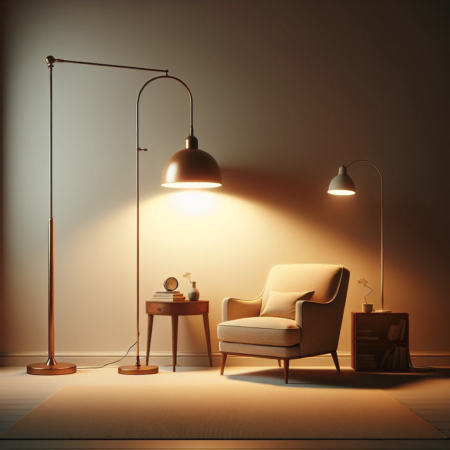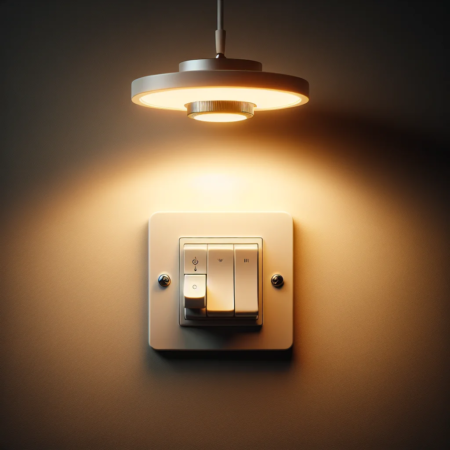Contents
The Average Cost of LED Ceiling Lights Installation
- The cost of installing LED ceiling lights can vary based on several factors, including the type of fixture, labor, and additional materials needed. The average cost for such an installation typically ranges from $350 to $700 per fixture, encompassing both the fixture and labor expenses.
Cost breakdown
-
The cost breakdown of LED ceiling lights installation includes materials and labor. The fixture itself can be $50 to $150, while the labor charges may range from $200 to $550 per fixture, based on the complexity of the installation and the location.
-
Here’s a breakdown of the cost:
- LED ceiling light fixture: $50 – $150
- Labor expenses: $200 – $550
- Total average cost: $350 – $700
-
It’s important to note that these costs are influenced by various factors such as the location, the electrician’s experience, and additional adjustments needed for the installation. For instance, wiring upgrades, ceiling height, or the need for structural modifications can also impact the overall cost.
Factors that affect the cost
-
Several factors play a significant role in determining the cost of LED ceiling lights installation. These include:
- Type of Fixture: The cost can differ based on the type of LED fixture chosen, such as recessed lights, pendant lights, or track lighting.
- Labor Charges: The complexity of the installation and the geographic location can influence labor costs.
- Additional Materials: Upgrades or changes to the existing wiring, electrical boxes, or ceiling modifications can add to the total expenditure.
- Ceiling Height: Higher ceilings may necessitate additional equipment or safety measures, potentially increasing the overall installation cost.
- Electrician’s Expertise: The experience and proficiency of the electrician handling the installation can impact the labor charges.
-
By considering these crucial factors and understanding the cost breakdown, individuals seeking to install LED ceiling lights can make well-informed decisions and effectively plan their budget for the installation process.
Finding the Right LED Ceiling Lights for Your Space
When considering LED ceiling lights for your space, it is important to weigh the differences between surface mounted and recessed fixtures, as well as the cost variations between different types of LED light bulbs. Yes, understanding the long-term cost implications, energy efficiency, and durability is crucial in making the most cost-effective choice. Additionally, measuring the room dimensions and assessing the aesthetics and functionality of different LED ceiling lights are essential in finding the right fit for your space.
Different types of LED ceiling lights
When it comes to choosing LED ceiling lights for your space, it’s essential to consider the different types available. Some common options include surface mounted fixtures and recessed LED lighting fixtures. Surface mounted fixtures are directly installed on your ceiling, providing a traditional lighting option. On the other hand, recessed LED lighting fixtures create a smooth and seamless look, ideal for modern and minimalist spaces. There are also various types of LED light bulbs to consider, such as standard LED light bulbs and can LED light bulbs.
Cost differences between types
Understanding the cost differences between LED ceiling light types is crucial for making an informed decision. The price comparison of LED light bulbs varies based on their features and design.
For example, the cost-effective LED A19 bulb is priced at $2.95, offering versatility and energy efficiency. In contrast, the modern LED MR16 bulb is priced at $4.95 and is suitable for specific lighting requirements.
It’s essential to assess the long-term cost implications, including energy efficiency and durability, to determine the most cost-effective option.
Considerations when choosing LED ceiling lights
Several considerations play a vital role in choosing the right LED ceiling lights for your space. Firstly, measuring the room dimensions, including length, width, and ceiling height, is crucial for determining the appropriate size and quantity of LED fixtures needed.
Additionally, assessing whether LED light fixtures are suitable for your space based on their energy efficiency and lighting requirements allows for an informed decision. Choosing LED light fixtures offers benefits such as energy efficiency, as they are 80% more energy-efficient than traditional lighting options.
Evaluating the aesthetics and functionality of different LED ceiling lights will ensure the perfect fit for your space.
Hiring a Professional vs. DIY Installation
The decision to hire a professional versus DIY installation depends on an individual’s budget, technical skill, and time availability.
Cost comparison
When considering the cost of installing LED ceiling lights, it’s essential to weigh the expenses associated with professional installation versus DIY. Professional installation may involve a higher upfront cost due to labor charges and service fees.
On the other hand, opting for DIY could significantly reduce the expenses, as it eliminates the need for hiring professionals to install the lights, thereby minimizing labor costs.
Moreover, DIY installations allow individuals to purchase materials at potentially lower prices, as they can hunt for deals and select budget-friendly options from various sources. It’s important to note that professional installation typically entails warranties and service guarantees, offering added value despite the initial higher costs. Thus, while professional installation may have a higher initial investment, it could potentially save costs in the long run.
Pros and cons of professional installation
Professional installation of LED ceiling lights offers several advantages, including expertise, safety, and convenience. Qualified professionals can ensure that installation is completed efficiently and accurately, minimizing the risk of errors or safety hazards. Additionally, hiring professionals can save time and effort for individuals with busy schedules or lack of technical knowledge.
Conversely, the primary drawback of professional installation lies in the higher upfront costs, including labor charges, service fees, and the price of premium materials. Furthermore, scheduling appointments and accommodating the availability of installation professionals may pose challenges for individuals seeking immediate installation or flexibility in timing.
Pros and cons of DIY installation
DIY installation of LED ceiling lights presents benefits such as cost-effectiveness, flexibility, and the satisfaction of completing the project independently. By opting for a DIY approach, individuals can potentially save a significant amount on labor costs and utilize their creativity in installing the lights according to their preferences.
However, DIY installation may come with potential downsides, including the risk of errors, time consumption, and the need for individual expertise. Inexperienced individuals may encounter difficulties and setbacks during the installation process, leading to additional costs for corrections and alterations. Moreover, DIY may not include warranties or guarantees typically offered with professional services, potentially resulting in increased expenses for future maintenance and repairs.
Question: Is LED Ceiling Lights Installation Worth the Cost?
Yes, LED ceiling lights installation is worth the cost. While the initial investment may be higher, the long-term savings and benefits are substantial. LED lights are highly energy-efficient, resulting in significant electricity bill savings over time, and their extended lifespan reduces the need for frequent replacements, saving both time and money. Additionally, LED lights have a lower environmental impact due to their reduced energy consumption, making them a cost-effective and eco-friendly choice for homeowners.
Long-term savings and benefits
LED ceiling lights are definitely worth the cost when considering the long-term savings and benefits they offer. The initial investment in LED lights may be higher than traditional lighting options, but the cost is offset by their remarkable energy efficiency, resulting in substantial savings in electricity bills over time. By switching to LED ceiling lights, homeowners can experience a significant decrease in their energy consumption, contributing to long-term financial benefits. Moreover, the extended lifespan of LED lights reduces the frequency of replacements, saving both money and time in the long run.
Furthermore, LED lights have a lower heat output compared to traditional lighting, reducing the strain on air conditioning systems during hot months. This contributes to additional energy savings and lower utility bills.
The superior durability and resilience of LED lights also diminish the need for frequent replacements, adding to the long-term cost-effectiveness and convenience for homeowners.
Environmental impact of LED ceiling lights
In addition to the financial advantages, the environmental impact of LED ceiling lights is profound. These lights are significantly more eco-friendly compared to traditional lighting options. LED lights produce a reduced carbon footprint due to their low energy consumption, contributing to a greener and more sustainable environment. Their energy efficiency and extended lifespan make them a compelling choice for environmentally conscious individuals.
The installation of LED ceiling lights is not only a wise investment for homeowners in terms of long-term savings but also promotes environmental responsibility and sustainability.
Summary of key points
The cost of installing LED ceiling lights varies depending on several factors, including the type of fixture and the installation process. LED light strip installation can range from $70 to $400 for both the lights and labor, with an average cost of $20 to $50 for the fixture alone. When it comes to ceiling lights, the average cost for the light fixture itself is approximately $30 to $100. However, these figures are subject to variation based on the specific type of light and any additional requirements.
The cost of installing LED ceiling lights can fluctuate based on multiple factors such as the type of lighting chosen, labor costs, and any additional electrical work necessary. Homeowners should consider LED lighting’s long-term energy-saving benefits, which can ultimately lead to significant cost savings over time.
It’s essential to conduct thorough research and potentially seek professional guidance to ensure the most suitable and cost-effective installation plan tailored to specific lighting needs.





